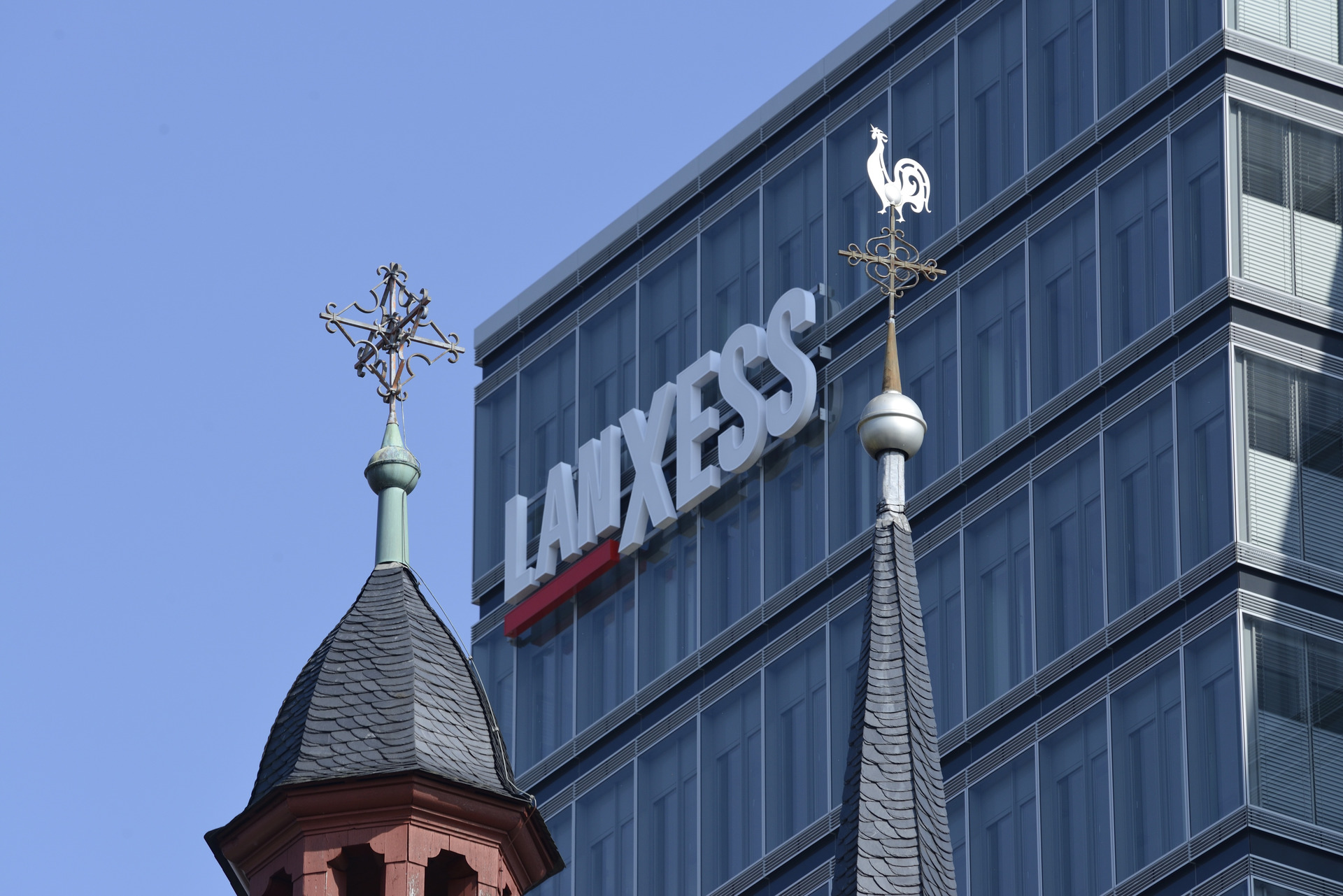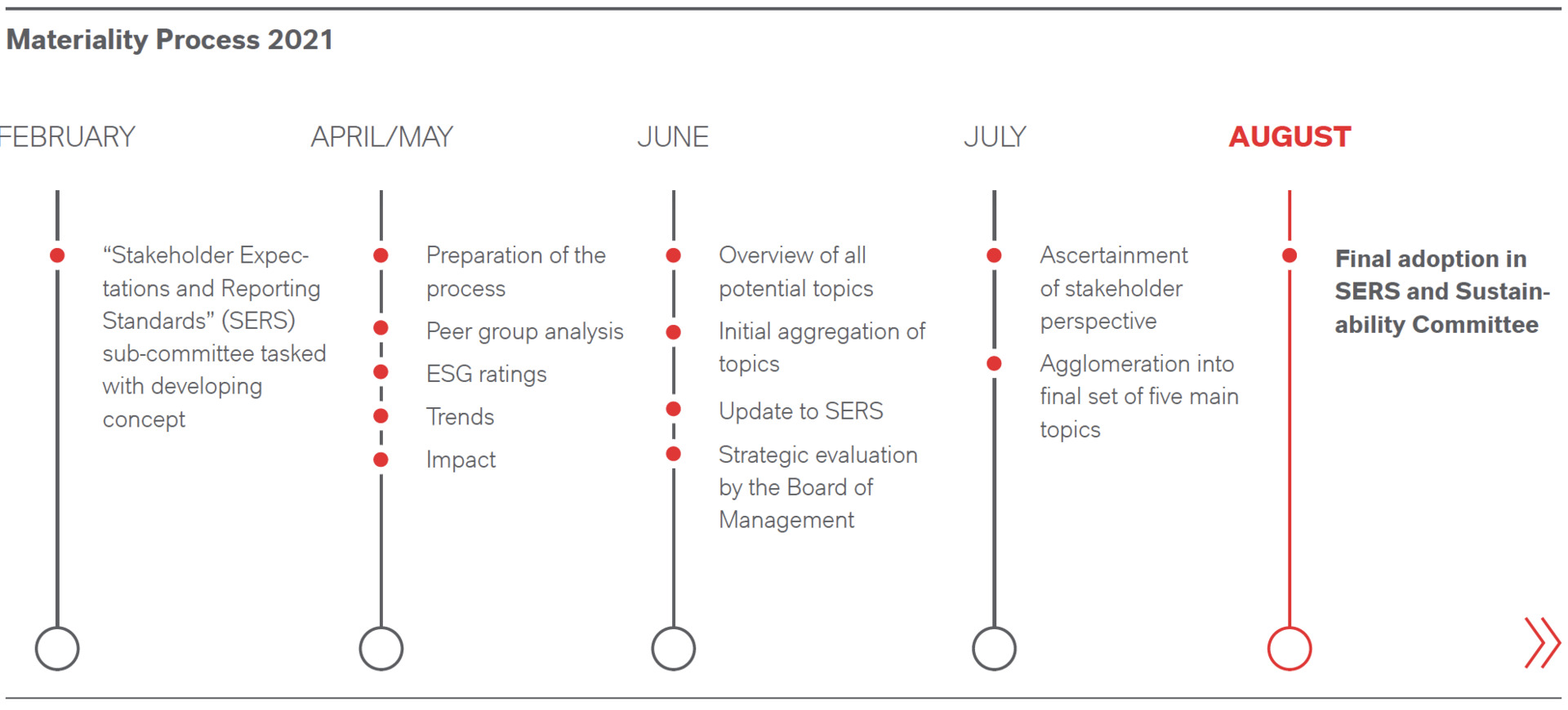
Material Topics
Systematic prioritization of sustainability topics
Everything LANXESS does must have due regard for our strategic guidelines, the relevant interests of our stakeholders, and the material effects of our actions on our company and society. A materiality analysis in line with the requirements of the Global Reporting Initiative (GRI) helps us to systematically prioritize the wide range of action areas and use resources as effectively as possible. It is based on four principles: sustainability context, materiality, completeness, and inclusion of stakeholders.
In 2021, we the responded to the ongoing, dynamic transformation with an extensive materiality analysis. As a result, we condensed the number of our sustainability topics from seven to five, sharpening the focus on important new topics such as the circular economy. The five main topics were confirmed by the Sustainability Committee following a review in the reporting year and, after close examination, provided our relevant management framework again in 2022.
The material topics are reviewed annually by the Sustainability Committee, which also includes the full Board of Management. They also influence the structure of our external reporting on the topic of corporate responsibility. Our review of the material topics also considers the double materiality perspective. This shows how our activities how our activities impact different sustainability aspects and respective stakeholders (“inside-out perspective”) and how sustainability topics influence LANXESS (“outside-in perspective”).
We use various sources to examine (potential) impacts, such as:
- Our impact valuation concept
- Our risk management system that includes potential impacts on society and the environment
- Our “LANXESS Product Sustainability Monitor” that examines product impacts on company, society/stakeholders and the environment.
We have formulated specific goals for all key topics. Some of the variable compensation of the first and second management level below the Board of Management therefore depends on the extent to which certain targets for CO2e emissions in Scope 1 and Scope 2 and for the lost time injury frequency rate (LTIFR) are achieved. The Sustainability Committee systematically examined the existing goals and indicators, fleshed these out where necessary, and also defined new goals in 2022. In connection with the Scope 3 target, for example, these include the Net Zero Value Chain initiative, the elimination of indirect emissions in the upstream and downstream value chain by 2050, and innovations and adjustments with regard to diversity.












